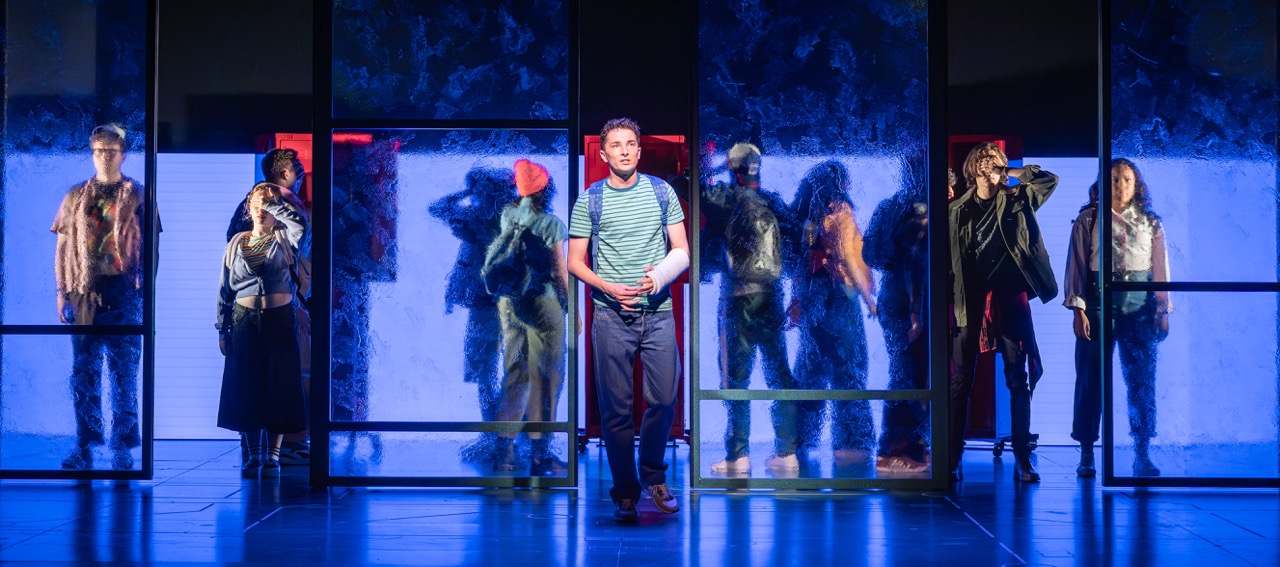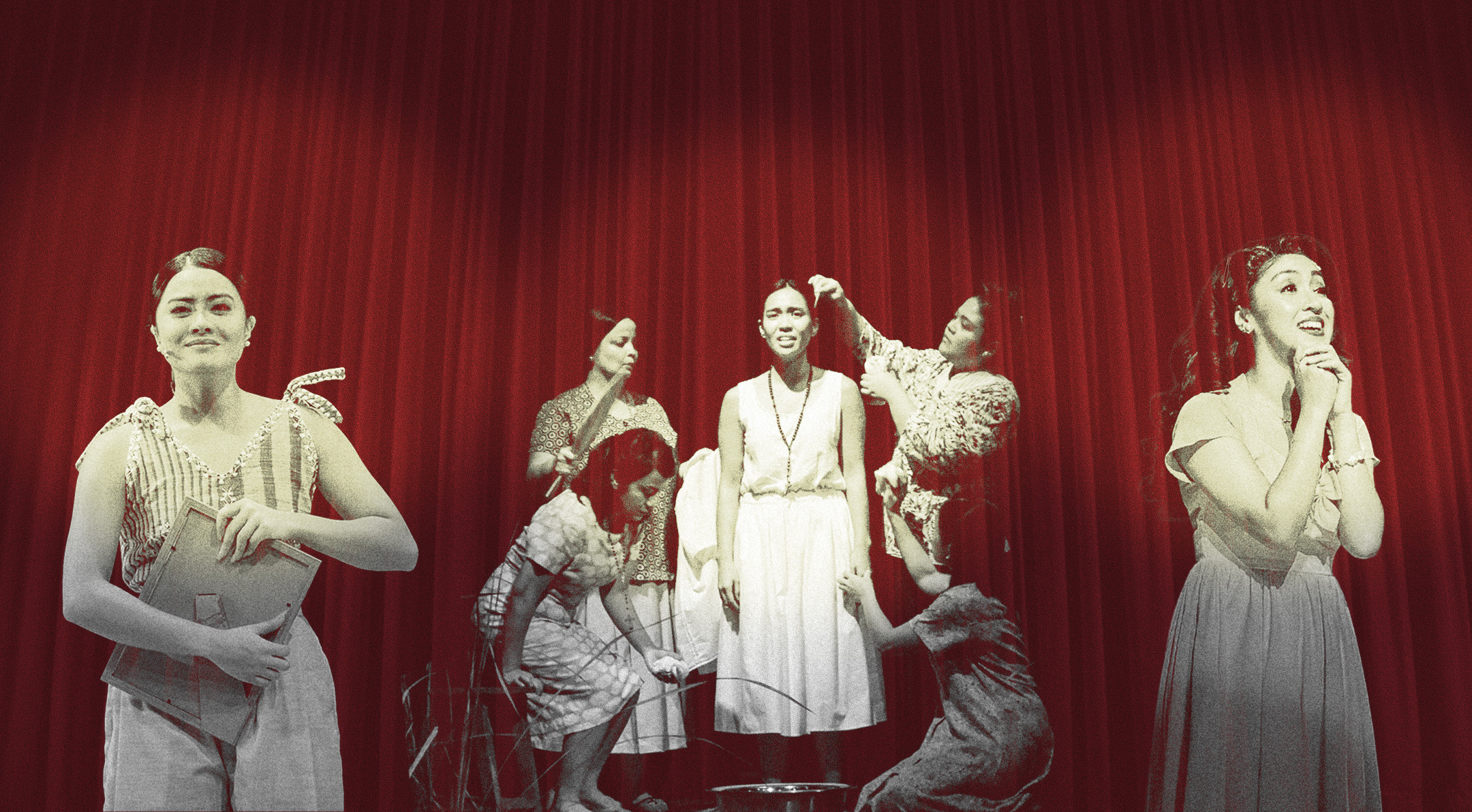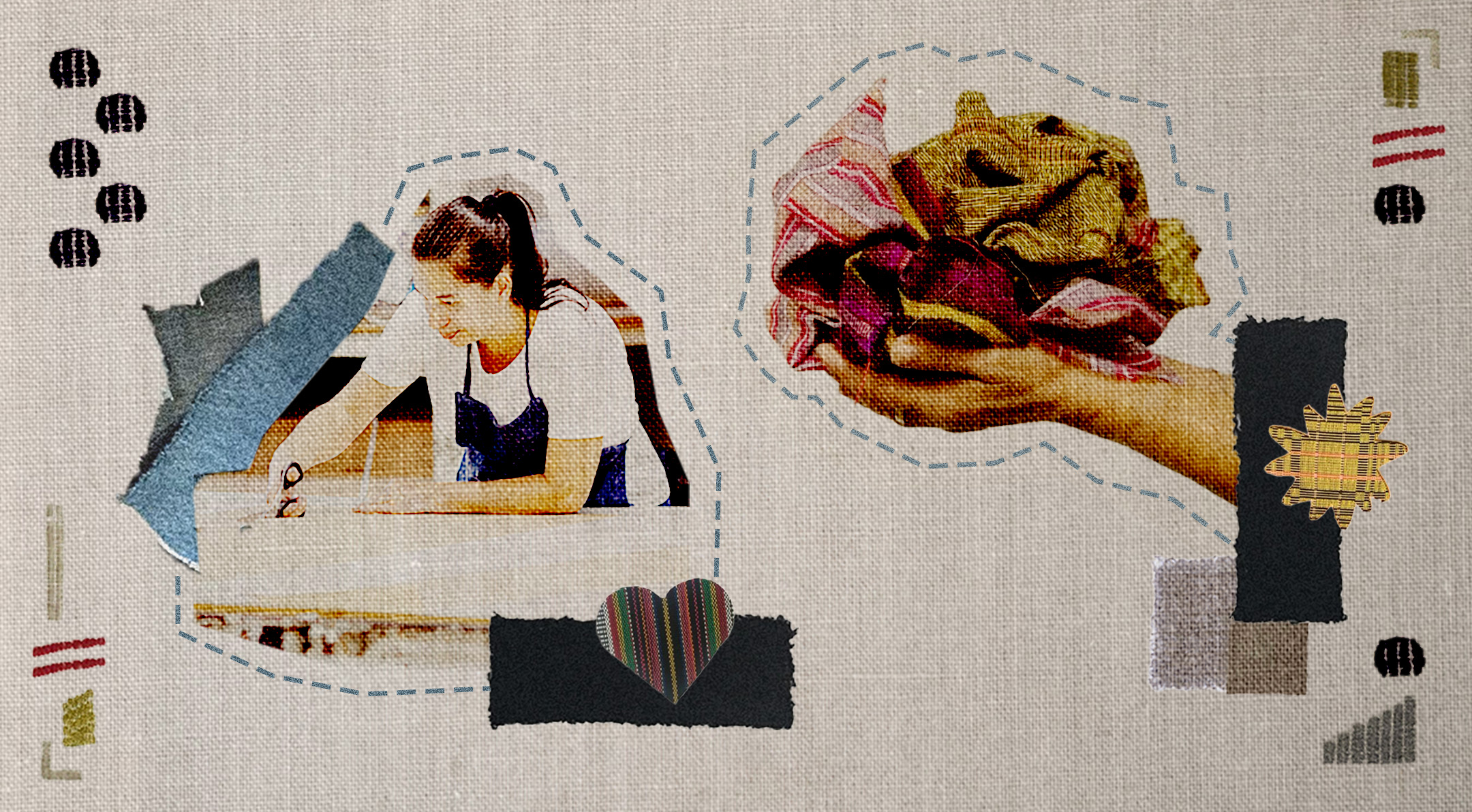Bambina Olivares has been all around the world. From Paris, South Africa, Guam, and Mauritius, to the UK, she’s seen corners of the planet most of us can only dream of. But to her, there’s no place quite like home.
“I moved back in 2014 after 30 years away,” The Metropolitan Museum of Manila consultant told Nolisoli.ph over email. “When you’re a divorced, single mother of two and you have to start over again at the age of 50, with the moral high ground but a sh*tty settlement, the siren song of home is irresistible—and a no-brainer.”
Met Museum (now known as The M) was previously housed inside the Bangko Sentral ng Pilipinas complex in Pasay. Olivares came along with the move to a three-story space in BGC designed by New York-based Filipino-Colombian architect Carlos Arnaiz. She’s in charge of overseeing special projects and exhibitions, from curation to communication.
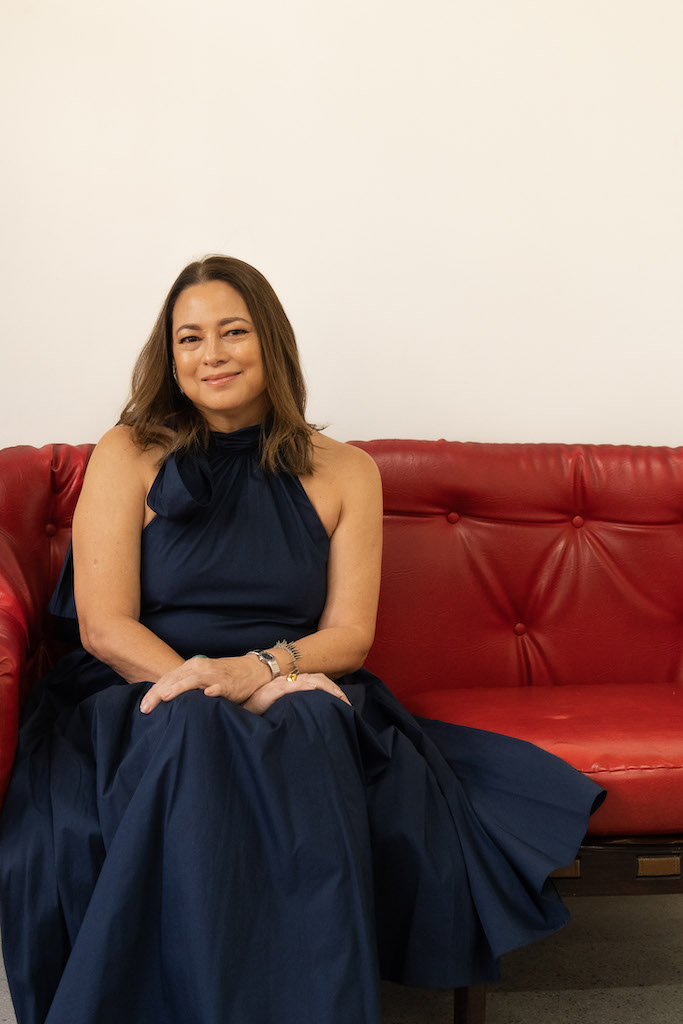
“The move from Manila has allowed us to engage with a wider audience in keeping with our mission of ‘art for all’ and how important it is for the curatorial team to be inclusive, to welcome a diversity of voices, artistic expressions, experiences, and audiences,” she said.
With an extensive background in public relations and the media, as well as in publishing (she’s a published author), her pivot to curatorial museum work from her current position as The Manila House’s director of arts, culture, and education programs surprised many.
“I’ve faced a bit of intellectual snobbery from certain people who’d say things like, ‘Why her? We don’t know her as a curator.’ Par for the course, I suppose, in this country,” she remarked.
Least surprised are those who knew of her education. After Ateneo de Manila University, she flew to Paris to study a French Language and Civilization summer course at the Sorbonne followed by a History of Art and Architecture program at the Institut Catholique de Paris. Post-grad, she is currently finishing her dissertation at the University of East Anglia in the U.K. for its Cultural Heritage and Museum Studies Masters Program. Her thesis is entitled “The Power of Impotence: Deimperialising and Reimagining Hong Kong Cultural Heritage Through the Films of Wong Kar-wai.”
‘Curation is an active force’
Curation, before its now diluted and overused connotations, originally meant to take care of or look after something. This is Olivares’ guiding principle in her curatorial practice.
“[It’s] not just in the literal sense of looking after the works of art in a collection or exhibition, but also the metaphorical, in order to create conversations, mediate meanings, and even bring communities together,” she explained.
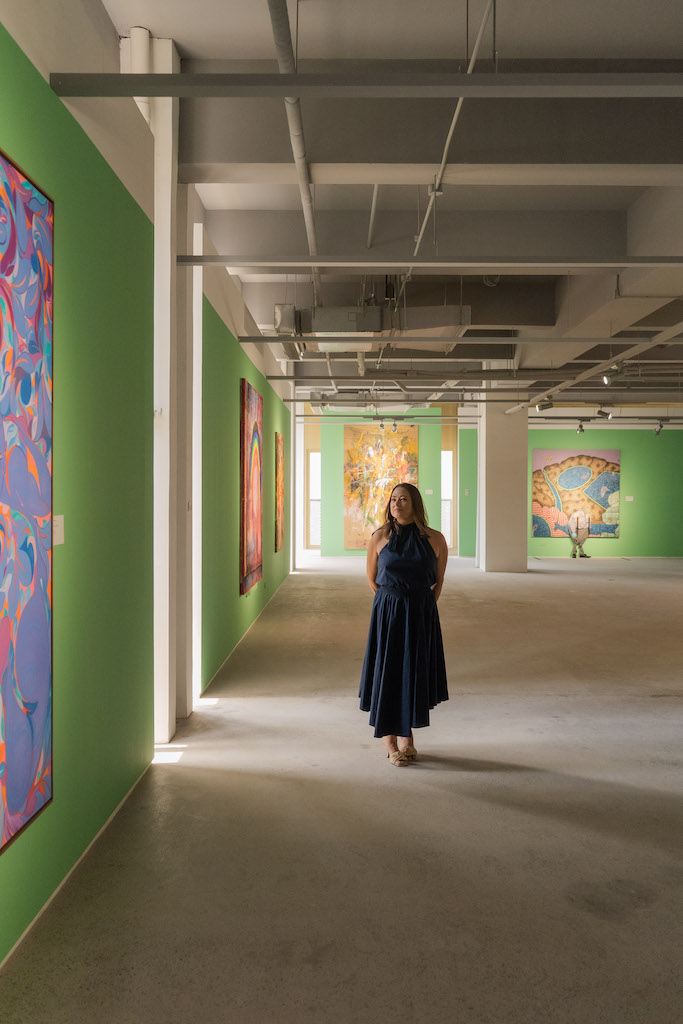
“I don’t like to think of curation in terms of trends. I think any approach that allows discovery, conversation, contradiction, and immersion allows the objects to do their magic against the backdrop of white walls.”
Aside from selecting themes, objects, and deciding what sort of dialogue you can display with the art, Olivares believes you can play several roles as a curator. You can be an activist, she expounds, amplifying the voices of women and LGBTQIA+ minorities whose work with non-traditional forms of media, drawing attention to pertinent issues. Or a stage director/dramatist who situates the objects in an exhibition so it becomes an interactive and immersive experience. “Ultimately, curation is an active force.”
But beyond that, she quotes Turkish curator Fatoş Üstek, “When curating an exhibition, it is impossible to ignore context, location, and the inherent social and political dimensions.”
“Being a mature female voice of mixed ethnicity works in my favor when it comes to the diversity and inclusion scorecard.”
Bambina Olivares
She does just that with the exhibition “The Hat of the Matter,” which was one of the first exhibits that launched The M’s new address last November, and her curatorial debut.
“The Hat of the Matter” was the complementary exhibition to “Korea: A Land of Hats,” which was launched in partnership with the Korean Cultural Council of the Philippines. “Korea: A Land of Hats” features a survey of hats as part of the traditional wardrobe from Korea’s last dynastic kingdom, the Choson Dynasty.
Other than combining the historical with the artistic, according to Olivares, it also retrospectively explored the anthropological and ethnographic context of the role hats played in the country. Like in the Choson Dynasty, hats were also an important part of our colonial and post-colonial culture. Aside from the practical use of hats to keep the sun at bay, the accessory is also a signifier of status and wealth.
Works by designer Mich Dulce, artists Wawi Navarroza, Leeroy New, Aze Ong, and Tekla Tamoria were featured in the exhibit alongside pieces by National Artist for Visual Arts Benedicto “BenCab” Cabrera and Pacita Abad, whose vibrant works explore the intersections of politics, identity, and the diaspora.
“Hats” closed in December but Olivares is still hard at work. Though not the primary curator, she also had a hand in The M’s latest exhibition titled “Sounds of Blackness.”
I think any approach that allows discovery, conversation, contradiction, and immersion allows the objects to do their magic against the backdrop of white walls.
Curated by Brooklyn-based Ghanaian-American curator and cultural critic Larry Ossei-Mensah, the exhibition attempts to capture the breadth of the Black experience.
She described the exhibit–one of, if not the first, comprehensive showcase of works by Black artists of African descent in the country—as “a polyphonic energy expressed in a multitude of colors, styles, materials, textures, and themes.
“Sounds of Blackness” consists of pieces all from private collections across Southeast Asia, including works that are for public viewing for the first time. These include works by conceptual artist Rashid Johnson, painter Amoako Boafo, conceptual artist Hank Willis Thomas, who sculpted the Martin Luther King Jr. memorial called “The Embrace” in Boston, and naturalist portrait painter Kehinde Wiley, who did former U.S. President Barack Obama’s 2018 portrait.
A candid, colorful life
Art, journalism, and the academe can be tough crowds for a woman to exist in, so it begs the question of experiencing sexism in those spheres. Olivares’ answer, though unexpected, is fantastically honest and refreshing: “Being a mature female voice of mixed ethnicity works in my favor when it comes to the diversity and inclusion scorecard.”
To Olivares, her womanhood was never something to overcome. “If I’m being completely candid, I’d say that being attractive and confident seems to have often worked to my advantage.”
As a journalist, that’s landed her key interviews, from cornering Ghanaian-British architect David Adjaye at a party at the Museum of African Design, getting an exclusive tour of South African artist William Kentridge’s home and studio, and even an inside look at Italian designer Emilio Pucci’s palazzo Via dei Pucci in Florence.
Her candor, charm, sparkling wit, and unmistakable confidence born from experience are things the next generation of women in art (and women in general) can reliably look up to, but don’t quote her on it just yet.
When asked about how she hopes to influence other women in art, she simply says, “It’d be pretentious of me to presume I could have that kind of influence,” she answered with a laugh. “Ask me again in five years.”












